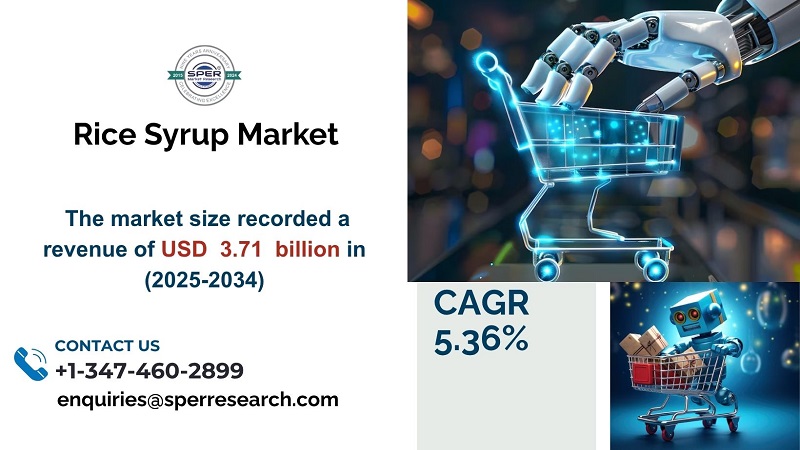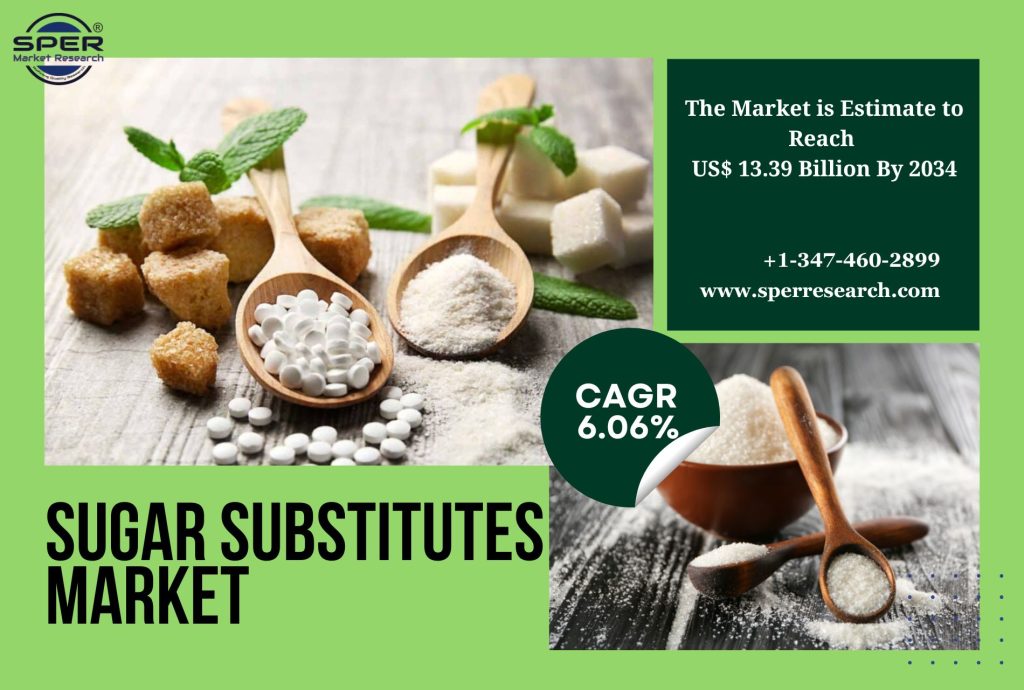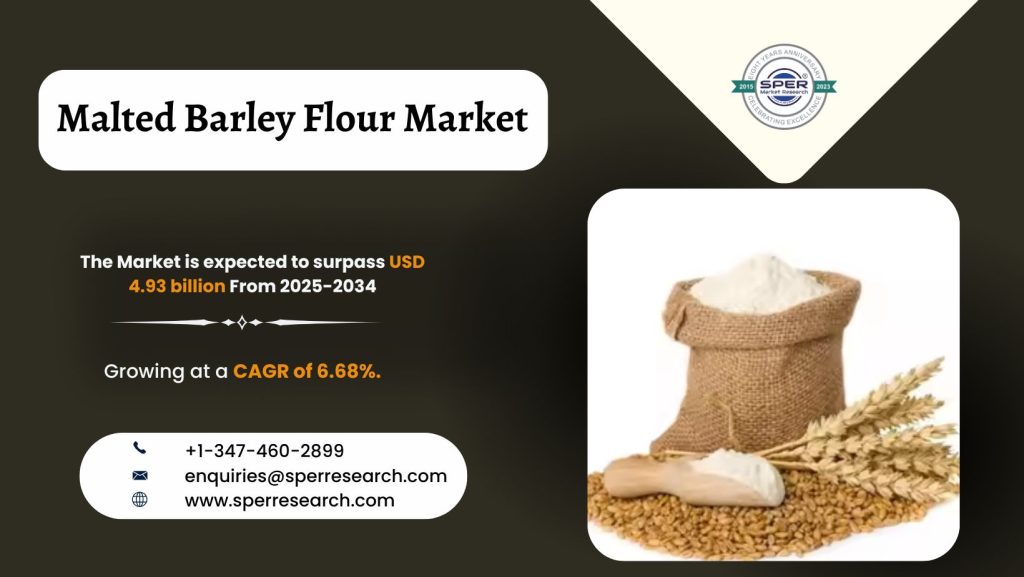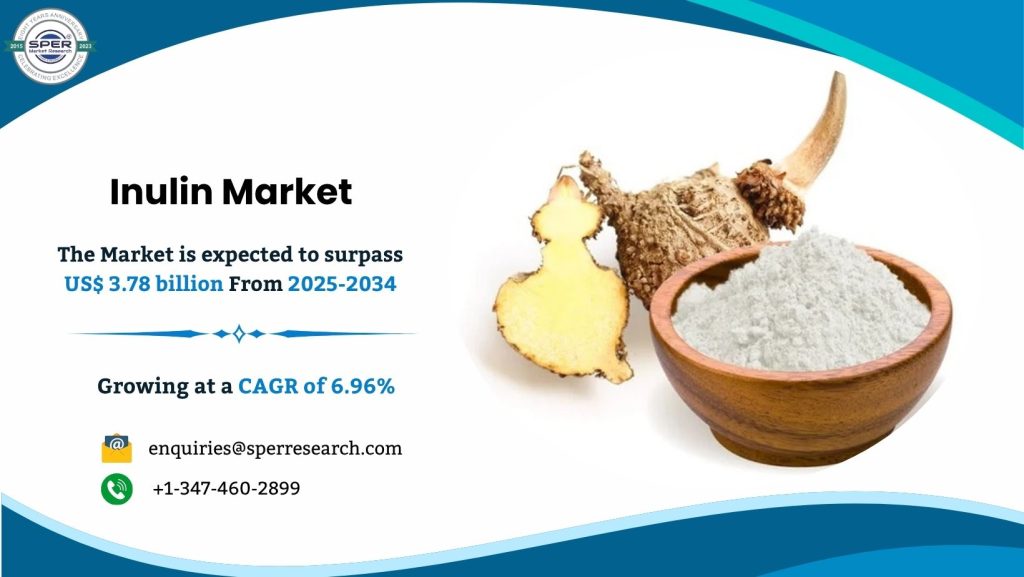Rice syrup, or rice malt syrup, is a sweetener made from fermented cooked rice. It is manufactured by enzymatically breaking down rice starch into simpler sugars, resulting in a viscous syrup with a mild sweetness. This process frequently involves the addition of enzymes to cooked rice, which transform the starches into glucose molecules. Rice syrup is a popular natural sweetener in a variety of foods such as baked goods, sauces, and drinks. It is valued for its mild flavour, viscosity, and capacity to improve texture while providing as a substitute for refined sugar.
According to SPER market research, ‘Global Rice Syrup Market Size- By Type, By Application, By Form, By Distribution Channel – Regional Outlook, Competitive Strategies and Segment Forecast to 2034’ state that the Global Rice Syrup Market is predicted to reach 3.71 billion by 2034 with a CAGR of 5.36%.
Drivers:
The growing customer desire for natural and healthier sweeteners is one of the main reasons propelling the rice syrup market. For consumers who are health-conscious and want to limit their use of refined sugars, rice syrup presents a clean label substitute for conventional sweeteners. Additionally, it is appropriate for people with dietary limitations due to its gluten-free and allergen-free qualities. Its market expansion is also fuelled by the growing acceptance of plant-based diets and the adaptability of rice syrup in a range of food and beverage applications, which encourages producers to develop and broaden their range of rice syrup products.
Request a Free Sample Report https://www.sperresearch.com/report-store/rice-syrup-market?sample=1
Restraints:
The rice syrup market can be greatly impacted by the price volatility of raw materials like rice. The price of rice syrup products is uncertain due to the direct impact of fluctuations in rice prices on production costs. For manufacturers, this may make it difficult to maintain consistent pricing and profit margins. Rice syrup prices may also rise as a result of abrupt rises in the cost of raw materials, which could lower consumer demand. Companies may invest in supply chain resilience, investigate alternate sourcing methods, or modify pricing tactics to counteract these effects and maintain market competitiveness in the face of raw material price swings.
In 2024, the North American rice syrup market held the highest revenue share of the worldwide market. The clean label movement, which emphasises simplicity and openness in food components, is becoming more and more popular. Customers seeking cleaner and more recognisable components may find rice syrup appealing as it is seen as a less processed and more natural sweetener than high-fructose corn syrup and artificial sweeteners. Some of the key market players are Axiom Foods Inc, Archer Daniels Midland Company (ADM), Cargill, Incorporated, Wuhu Deli Foods Co., Ltd, Habib-ADM Limited, and others.
For More Information, refer to below link: –
Related Reports:
Follow Us –
LinkedIn | Instagram | Facebook | Twitter
Contact Us:
Sara Lopes, Business Consultant — USA
SPER Market Research
enquiries@sperresearch.com
+1–347–460–2899









